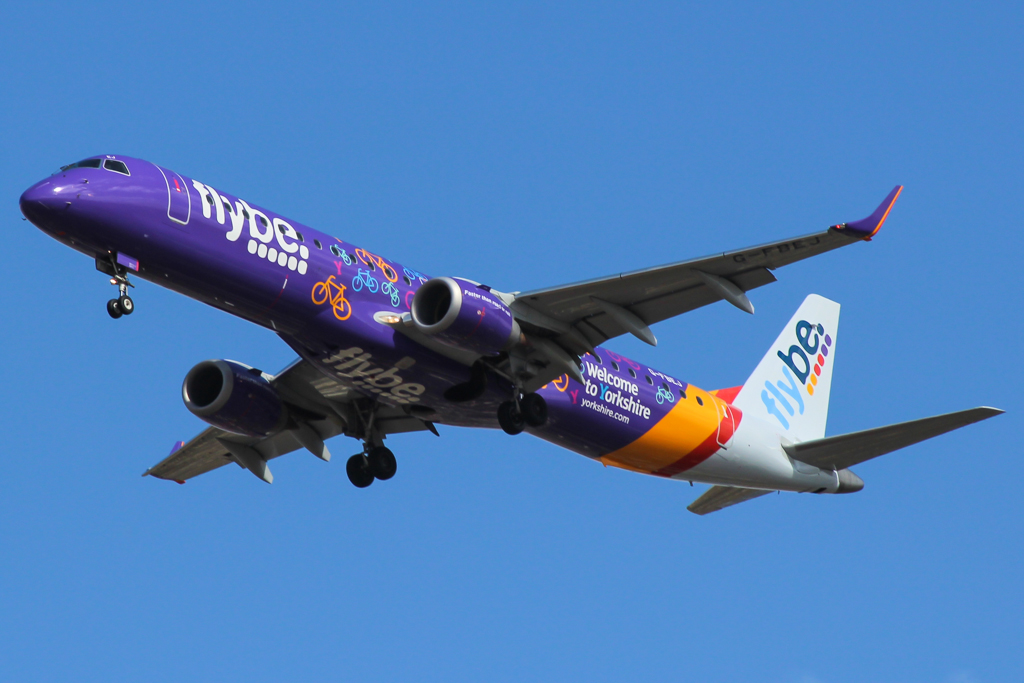Leeham News and Analysis
There's more to real news than a news release.
Boeing seeks to cut production costs of 787-8 to boost sales
By Scott Hamilton
Sept. 2, 2020, © Leeham News: Boeing is considering production changes to the slow-selling 787-8 to lower costs and boost sales.
The effort comes at a time when global passenger traffic is at record lows and recovery of international traffic is forecast to take four or five years.
As airline traffic recovers, carriers appear to be favoring smaller aircraft in restarting suspended routes.
In recent years, Boeing discouraged sales of the 787-8 because it is a low margin airplane with high production costs. This is a legacy of the program and development difficulties from 2004-2011, when it finally entered service.
The 787-9 and 787-10 are high margin aircraft Boeing counted on to reduce the billions of dollars in deferred production and tooling costs. At one time, this exceeded $32bn.
The early program difficulties resulted in the production and parts of the -8 to be substantially different than the -9/10, which have 95% commonality. The -8 was only 30% common.
Pontifications: WA State frets about Boeing brain drain, but it’s already happening
Aug. 31, 2020, © Leeham News: Elected officials and others in Washington State worry about the “brain drain” as Boeing considers whether to consolidate 787 production from Everett to Charleston.
These people are asleep at the switch and have been for some time. The brain drain is already just around the corner.
Nearly half of the membership of SPEEA, the engineers and technicians union at Boeing, are 50 years or older right now.
Almost two thirds of these are within 55-64 years old. In other words, ready for retirement right now or soon to be.
R&D spending at Boeing plunges; Airbus yet to kick in
Subscription Required
By Scott Hamilton
Introduction
Aug. 24, 2020, © Leeham News: Research and development spending at Boeing Commercial Airplanes declined 21% in the first half this year compared with 2019.
From 2017 through 2019, BCA’s R&D spending declined 13%.
During the first half this year, Airbus Commercial airplanes R&D spending declined 1%. From 2017-2019, R&D spending increased 31%.
Boeing’s decline in 2019 vs 2018 and the first half of 2020 vs 2019 clearly reflects the grounding of the 737 MAX.
The flat spending in 2017-2018 reflects Boeing’s corporate approach of keeping R&D spending level while returning 100% of free cash flow to shareholders.
Airbus, on the other hand, was aggressively pursuing green aviation R&D, driven by a European Union that is more dedicated to green aviation than the USA is.
Summary
- COVID-19 related R&D spending cuts may not be fully seen until the third quarter.
- Boeing suspended R&D spending on the New Midmarket Airplane in January. Coupled with MAX grounding pressure, Boeing’s spending was already depressed.
- Airbus said it was suspending all R&D except for the A321XLR after the global COVID devastation on air passenger demand.
- Airbus historically outspends Boeing in R&D.
IAM warns members: Boeing is coming for concessions on 787 consolidation study
 Aug. 22, 2020, © Leeham News: The president of Boeing’s touch labor union, IAM 751, is warning members that the company study about potentially consolidating 787 production in Charleston could lead to a request for new concessions from the union.
Aug. 22, 2020, © Leeham News: The president of Boeing’s touch labor union, IAM 751, is warning members that the company study about potentially consolidating 787 production in Charleston could lead to a request for new concessions from the union.
IN a post yesterday on the union’s website, John Holden said a request from Boeing hasn’t happened yet—”however, it is something that we need to expect and prepare for, and we believe that we may be facing that threat soon.”
Pontifications: A330neo future bleak from COVID impact
Aug. 17, 2020, © Leeham News: At least half the Airbus A330-900 skyline is with airlines that are in administration, technically insolvent or with a politically sanctioned carrier.
These could be characterized as in Red Alert.
The COVID-19 crisis places the remaining orders in Yellow Alert.
Airbus, as of its July website tally, has 226 A330-900s in backlog. One hundred fourteen of these, or 50.44%, are in Red Alert.
Boeing’s Renton plant may close from 2033: Analysis
Subscription Required
Now open to all Readers.
Introduction
Aug. 10, 2020, © Leeham News: With Boeing likely to consolidate 787 production in Charleston (SC), reflecting a rate of 6/mo, the future of assembly in Puget Sound rears its head again.
LNA outlined Aug. 3 why Everett is the ideal location to assemble the Next Boeing Airplane (NBA).
Boeing’s product line also requires a new airplane in the 100-150 seat sector. Airbus’ A220-100/300 and, nominally, the A320neo (but not the A319neo) fill this sector. (The A320neo was originally designed as a 150-seat airplane. It now is commonly configured in the 150-180 seat size.)
Airbus has a design for an A220-500, which could replace the A320.
Boeing needs an efficient competitor to the current A220 plus a replacement for the 737-7 and, eventually, the -8.
And it probably won’t be assembled at the Boeing 737 plant in Renton.
Summary
- Boeing-Embraer JV was to focus on 100-150 seat airplane.
- Canceled deal could be revived.
- Or Boeing could choose a new partner.
- Moonshot would be two roughly concurrent new airplane programs.
HOTR: Boeing warns of forward losses on 787, 777X programs
By the Leeham News Staff
Aug. 5, 2020, © Leeham News: In another demonstration of the negative impact of the COVID-19 crisis, Boeing warned that two flagship airplane programs could face forward losses.
Neither the 787 nor the 777X are in forward loss positions yet. A forward loss means Boeing won’t make money on the program.
Despite the 787 incurring more than $30bn in deferred costs, Boeing hasn’t taken a write down. The deferred costs have been burning off since 2015. Other programs have been subjected to forward losses, including the 747-8, VC-25 (Air Force One) and the KC-46A tanker.
But with the production reduction of the 787, down to 6/mo in 2021, Boeing now says there is a risk to a forward loss.







